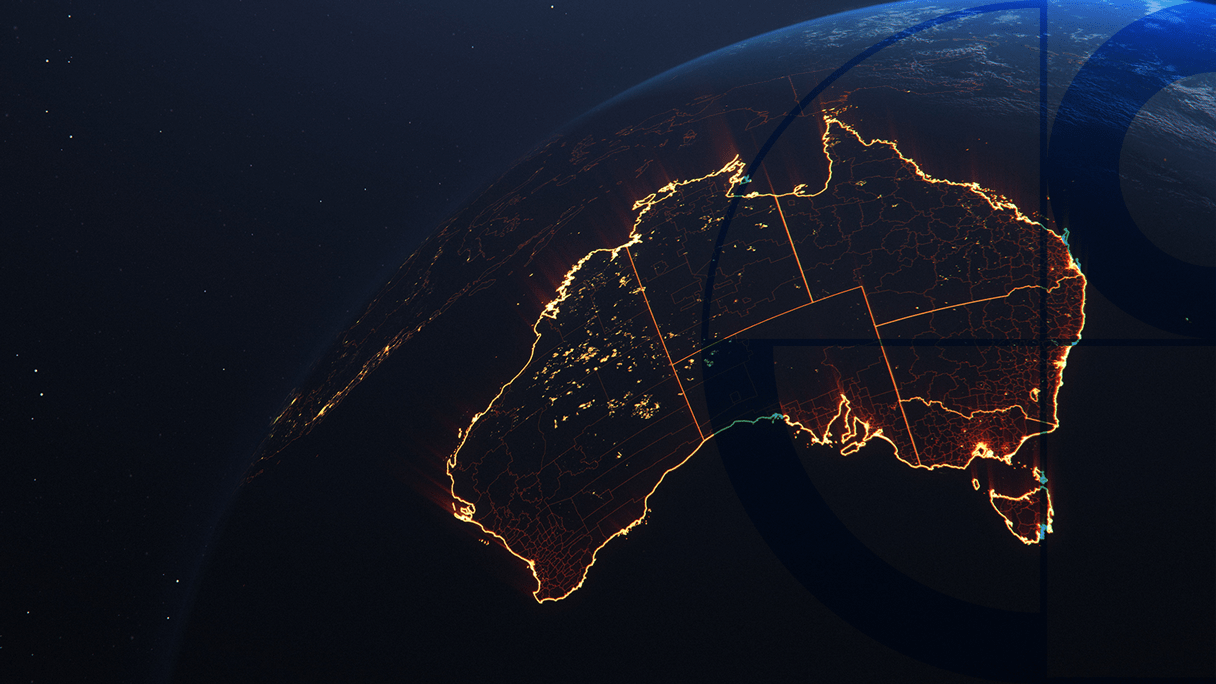You are leaving Discover.com
You are leaving Discover.com and entering a website operated by a third party. We are providing the link to
this website for your convenience, or because we have a relationship with the third party. Discover Bank does
not provide the products and services on the website. Please review the applicable privacy and security policies
and terms and conditions for the website you are visiting. Discover Bank does not guarantee the accuracy of any
financial tools that may be available on the website or their applicability to your circumstances. For personal
advice regarding your financial situation, please consult with a financial advisor.
